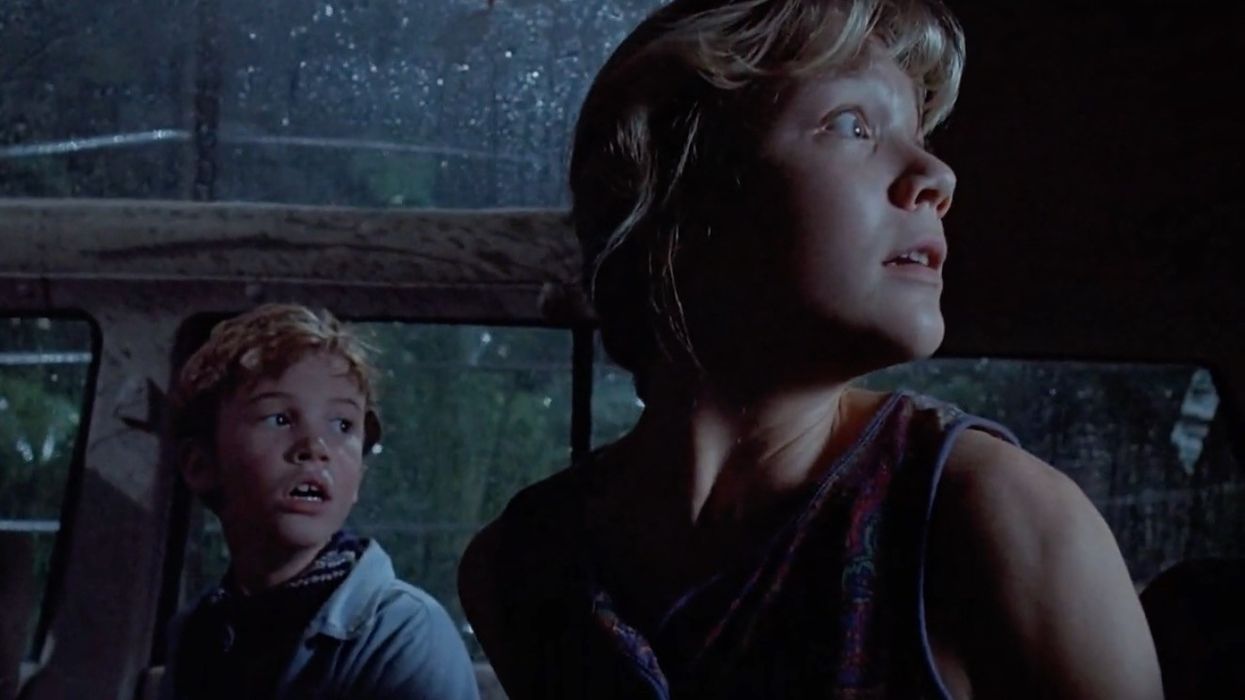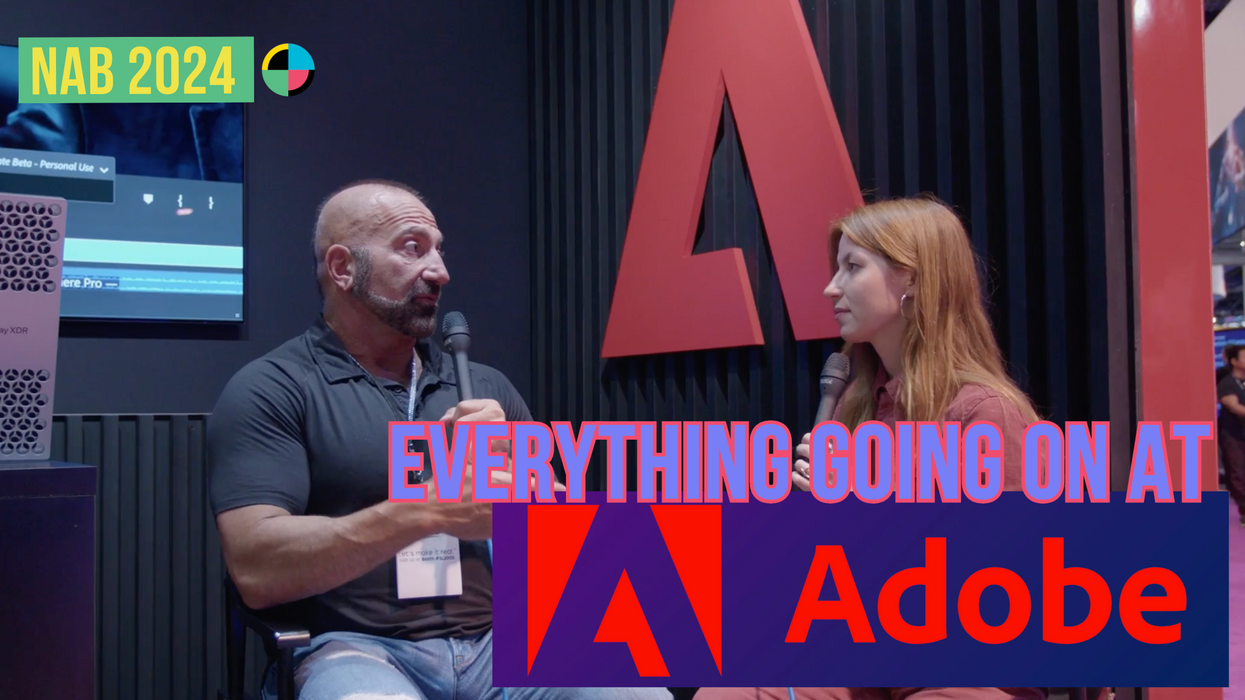Watch: Is Horror the Secret to a Great Blockbuster?
This video essay looks at Steven Spielberg's use of horror film technique by investigating a legendary set piece from Jurassic Park.

Steven Spielberg appeals to mass audiences while maintaining the respect and admiration of his peers and working—with seeming effortlessness—in almost any genre.
In a new video essay, Patrick (H) Willems looks at just one of these techniques: Spielberg's genre-bending use of the elements of horror films in his blockbusters.
A set piece is a scene or sequence with escalated stakes and production values. In Willem's words, "if done right, set pieces make the biggest impression on an audience and get them to come back again and tell their friends and family." Spielberg is no slouch at set pieces, from the harrowing D-Day sequence that opens Saving Private Ryan, to the thrilling escape on flying bicycles in E.T., and, famously, the T-Rex attack in Jurassic Park, the sequence that Willems examines in the video. What makes it so effective?
Willems finds that Spielberg uses several elements from the horror genre to maximize the effectiveness of his set piece. First, the director establishes tension and fear in the audience before we even see the prehistoric predator, using his now-iconic shot of the rippling glass of water to alert his characters to the imminent threat.
Then, he slowly introduces the danger of the dinosaur, along with the prospect of death. All the while, Spielberg never forgets that "a moment is more powerful if it is rooted in a character's emotional reaction to it," according to Willem, so we experience almost everything through the character's eyes. After the dinosaur eats the goat, we get a classic jump scare straight from the horror genre.
Of course, Jurassic Park is emphatically not a horror movie. But, by using horror techniques in his films (as well as from many other genres), Spielberg adds to his visual storytelling abilities—in this case, by alternating moments of calm with moments of tension, humor, and all-out terror. By employing cinematography in ways that emphasize the peril of the humans against the "monsters," Spielberg uses his mastery of genre to pull off a profoundly difficult feat: he made a horror movie that isn't.
Source: Patrick (H) Willems












